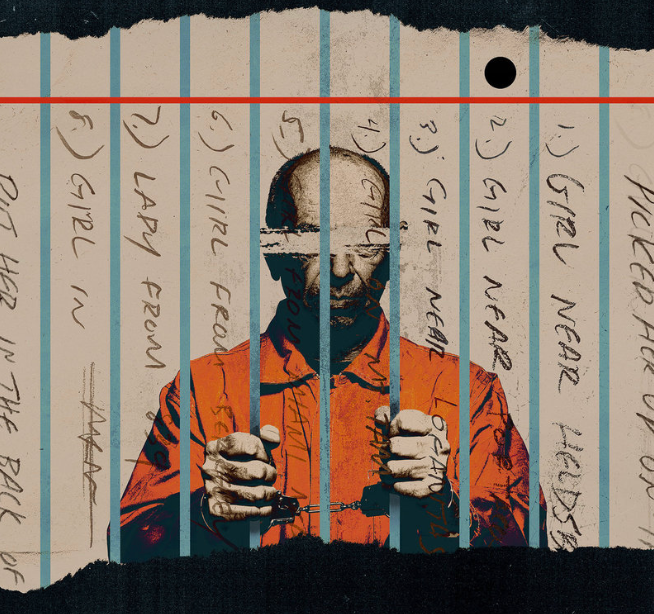A California serial murderer known as the “Alphabet killer”, convicted of slaying four women in 2013, actually had 26 victims, his death row confidant now claims.
Joseph Naso was convicted and sentenced to death 12 years ago for the murders of Roxene Roggasch, Carmen Colon, Pamela Parsons and Tracy Tafoya, which occurred in the 1970s and 1990s. The women’s first names and last names all began with the same letter, earning the former photographer the haunting moniker.
According to a new Oxygen documentary, “Death Row Confidential: Secrets of a Serial Killer,” his murder count is reportedly much higher. The revelation came from another death row inmate, William Noguera, who was locked up with Naso in San Quentin State Prison. Naso remains on death row to this day, and has not commented on the alleged killings.
“He’s guilty of more murders than anyone knows. He told me everything, and I wrote all of it down,” Noguera says in a preview of the series, which airs on September 13.
Noguera was part of a program to assist elderly prisoners and got to know Naso over a decade when he made the bombshell confession, he claimed.

“When I told him, ‘Well, look, they got you because a list of 10,’ he started laughing,” Noguera told news outlet, KGO. “He said, ‘They got it all wrong. Yeah, I killed them women, yes. But those aren’t my top – those aren’t my list of 10. Those are my top 10.”
According to KGO, the killing 26 women may be supported by evidence found at Naso’s home. “They found a coin collection with 26 gold heads. Those represent his trophies, they represent the 26 women that he murdered,” Noguera added.
After his dealings with Naso, Noguera put together a 300-page document with clues and partial confessions, hoping to lead investigators to more victims. The case was taken up by retired FBI task force investigator Ken Mains, who also features in the Oxygen documentary.

Roggasch, 18, and 22-year-old Colon were killed by Naso in the 1970s, while 38-year-old Parsons and 31-year-old Tafoya were murdered in the 1990s. All four had been sex workers.
Naso, a father-of-two and a Little League coach, was arrested in 2009 when police officers found evidence linking him to the four crimes at his California home.
The stash included photographs of the women’s lifeless bodies, a detailed list of references to the murders, and a journal with featuring graphic descriptions of the rape and torture of other young women.
Despite this Naso maintained his innocence, telling the jury that he was “not the monster that killed these women,” during his trial where he represented himself. Then-California Deputy District Attorney Dori Ahana argued in favour of the death penalty, which was ultimately handed down.
After his conviction, Naso had remained a suspect in the murders of at least two other California women.









